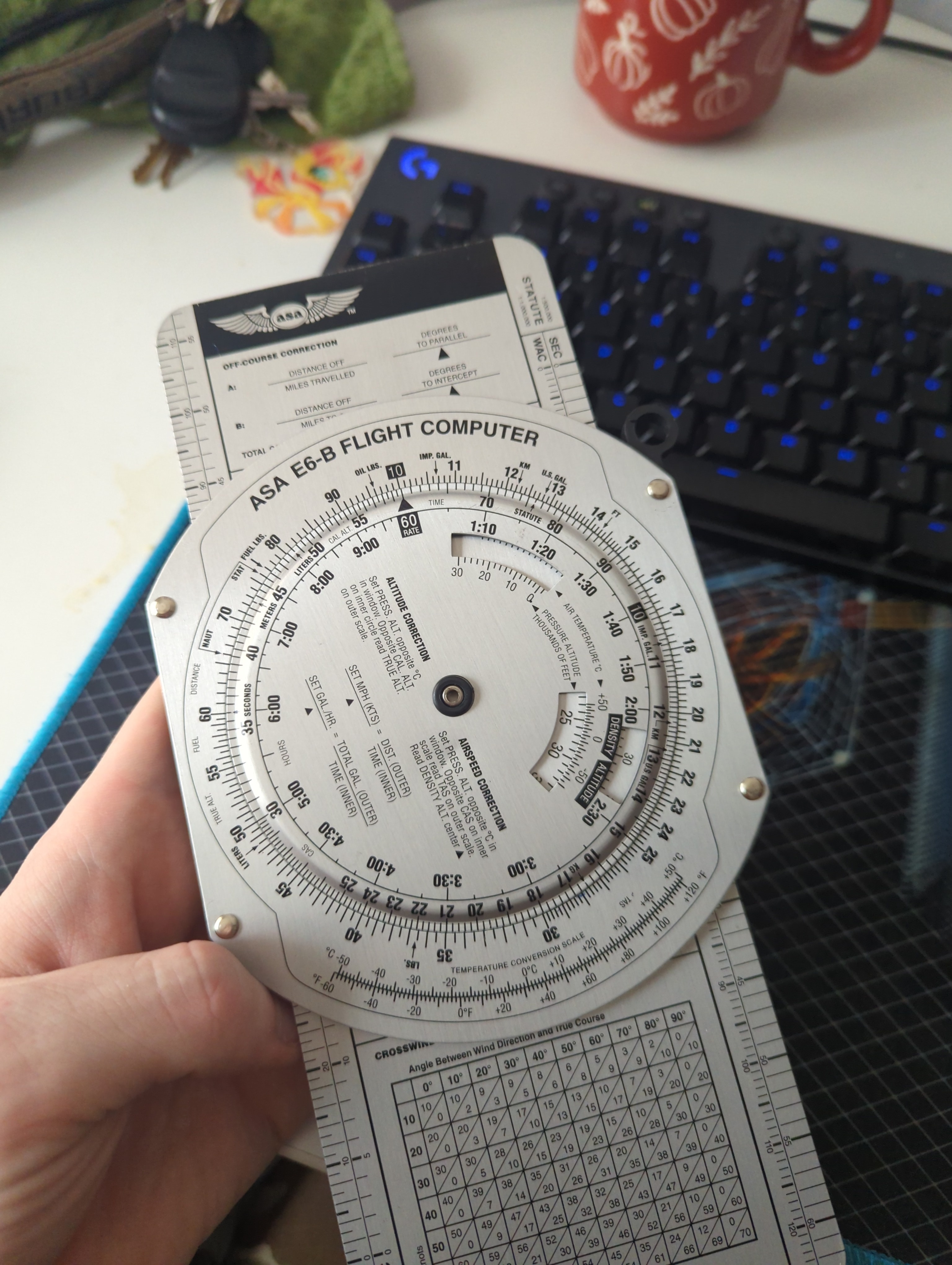this post was submitted on 11 Oct 2024
198 points (99.0% liked)
196
17591 readers
2028 users here now
Be sure to follow the rule before you head out.
Rule: You must post before you leave.
Other rules
Behavior rules:
- No bigotry (transphobia, racism, etc…)
- No genocide denial
- No support for authoritarian behaviour (incl. Tankies)
- No namecalling
- Accounts from lemmygrad.ml, threads.net, or hexbear.net are held to higher standards
- Other things seen as cleary bad
Posting rules:
- No AI generated content (DALL-E etc…)
- No advertisements
- No gore / violence
- Mutual aid posts are not allowed
NSFW: NSFW content is permitted but it must be tagged and have content warnings. Anything that doesn't adhere to this will be removed. Content warnings should be added like: [penis], [explicit description of sex]. Non-sexualized breasts of any gender are not considered inappropriate and therefore do not need to be blurred/tagged.
If you have any questions, feel free to contact us on our matrix channel or email.
Other 196's:
founded 2 years ago
MODERATORS
you are viewing a single comment's thread
view the rest of the comments
view the rest of the comments

There's a bit of a difference though between those computer driven iterative digital numerical methods and an analog continuous geometric object. It's like comparing pixel density and film grain. At a fine enough precision they become difficult to distinguish, but they are not the same. You could definitely use iterative methods to build a "continuous" solver at an arbitrary precision. We pretty much have to do it that way for any signficantly complex function.
Sorry, this comment got away from me and feels kind of incoherent now. I'm just trying to say that analog and iterative digital methods have subtle differences that one should remain aware of.